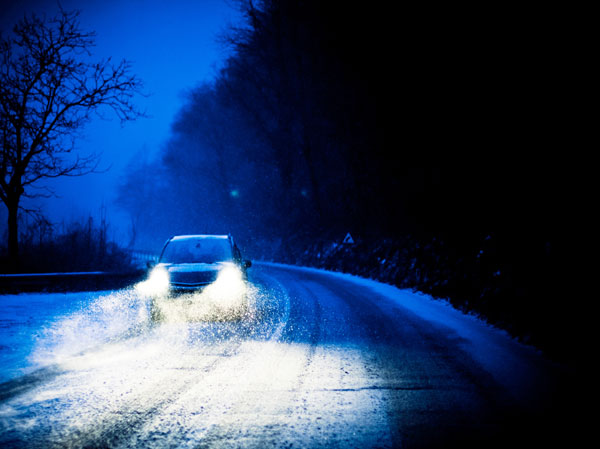

Spring might be just around the corner, but with more stormy weather on the way WorkSafeNB is reminding the provincial workforce to reinforce winter safety practices.
“While it is important to practise safe working habits all through the year, winter poses additional risks, so we urge everyone to be more vigilant at this time of year,” said Richard Blais, WorkSafeNB’s chief compliance officer.
“Snow can be fun, but can also be a nuisance when you have to shovel it or drive in it. Shovelling snow is a strenuous exercise, and can be hard on the heart and back,” he said.
You should do some warm-ups before you start shovelling to loosen up the muscles, but be sure not to over-exert yourself, he said. The type of shovel you use is also important – it should be lightweight (no more than 1.5 kg or three pounds) and the blade should not be too large.
Wearing the proper clothing in winter is only common sense, Blais said.
“It is especially important for those who work in industries such as construction, trucking, farming and logging, where the potential for hypothermia and frostbite is greater. It is an employer’s responsibility to ensure that workers are properly attired and supervised when working under extreme cold.
WorkSafeNB’s Risk Alert, Surviving the Cold, provides excellent tips on how to work safely in the cold, including how to prevent and detect cold stress, and the proper clothing and personal protective equipment required.
“The snow and cold weather also present a bigger risk for slips, trips and falls,” he said. “We saw a high number of fall-related workplace injuries last month, some of them serious.”
Blais said good housekeeping practices, such as ensuring driveways and walkways are cleared and sanded, and mopping up any spills or melted snow indoors to reduce the risk of slips, trips and falls. And for those who spend a lot of time working outdoors, the proper footwear is essential. The non-slip tracks that can be hooked onto boots are a good idea.
Snow and ice significantly increase the danger on our roads, Blais said, so pedestrians and drivers alike must exercise extreme caution.
“Visibility is considerably reduced, and roads become more treacherous, so it’s important to reduce speed and drive only when absolutely necessary during bad weather. Drivers should ensure their tires have good treads, and that all snow and ice is removed from their vehicles.”
WorkSafeNB urges all New Brunswickers, whether at work, on the roads, or at home, to think and act safely.
For more information on how to keep safe this winter, contact WorkSafeNB at 1 800 999-9775.

Environment Canada has issued an alert that an intense ridge of low pressure is expected to dump significant snowfall across New Brunswick beginning late Wednesday and into Thursday. WorkSafeNB reminds you to review your winter safety practices.